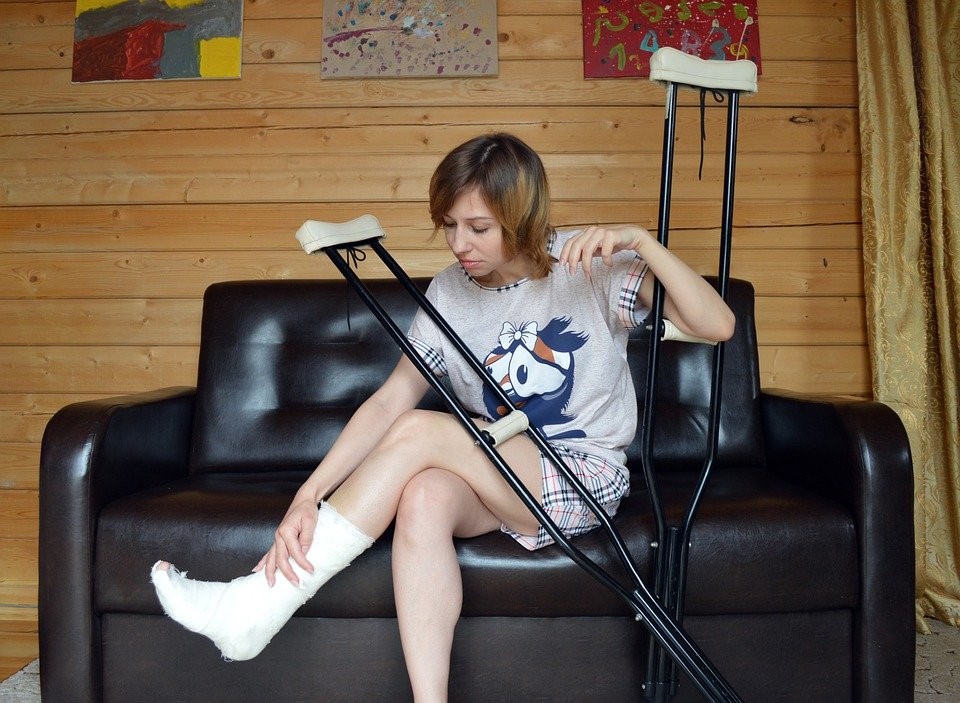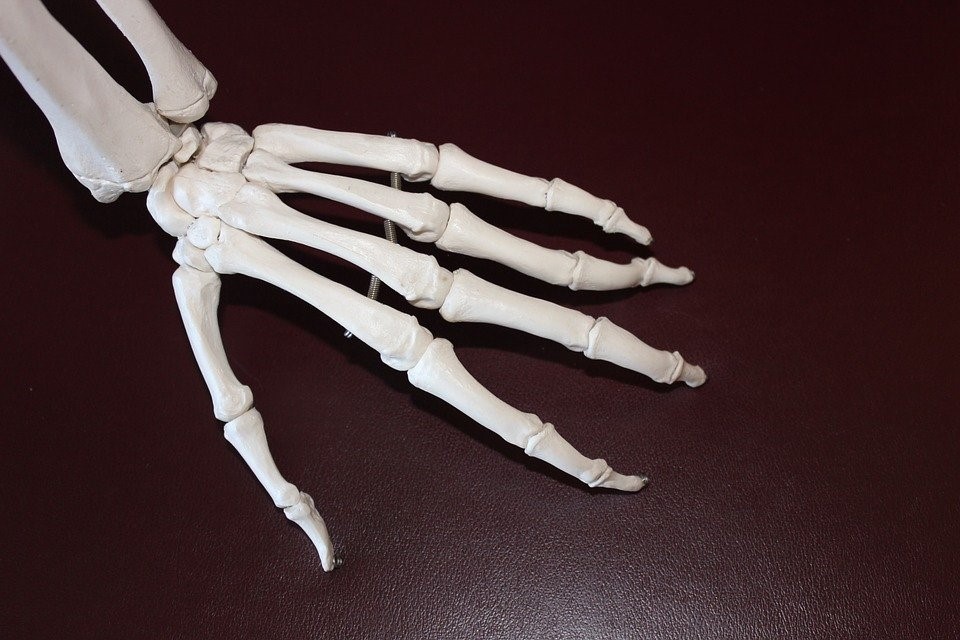
The human skeleton, or the skeletal system, is made up of , which are solid organs. While bones are typically always in the state of remodeling, in younger people the bone tissue is ossified at a much higher ratio to resorption of old tissue than it is in older people.
Generally, when people age, bones’ metabolism or remodeling process gets reversed, such that the resorption rate becomes higher than the ossification rate. Although both women and men are susceptible to ailments related to their joints, muscles, and bones, some conditions tend to affect women more than they do men.
This is due to the anatomical and physiological differences between women and men, such as differences in genetics, hormones, and structural anatomy, that may affect supporting tissues and bones. Let’s take a quick look at some orthopedic conditions that experts at Houston Physicians’ Hospital often see in female patients.
1. Frozen shoulder
This condition is more common in women ages 45 and 65 and occurs when the tissues in the shoulder joint become stiff, thick, and inflamed. While it’s still not fully understood what causes the condition, experts reveal that it may be the result of keeping the shoulder immobilized for a period of time, such as after a surgery or an injury.
2. Anterior cruciate ligament (ACL) injuries
Located in the knee, the ACL connects the bottom of the femur (thigh bone) to the top of the tibia (lower leg bone). Studies reveal that female athletes who actively participate in sports involving cutting or pivoting, such as basketball, football, or soccer, have a higher incidence of injuries related to the ACL.
Although the cause of this phenomenon is not yet clear, experts suggest that it might be due to differences in muscle strength, bone anatomy, neuromuscular control, and other factors that lead to differences in the lower leg and pelvis alignment.
3. Neuroma
Women have anatomically different feet than men, with the former’s tending to be narrower with increased pronation. Neuromas are benign tumors that occur on nerves, especially between the third and fourth toes. When the nerve tissue starts to thicken under the ligament that connects to the toe bones, any excessive pressure or irritation caused to the area due to improperly fitting shoes or other factors can contribute to neuroma development.

4. Carpometacarpal (CMC) arthritis
CMC is a type of arthritis that occurs at the base of your thumb joint where the wrist meets the thumb. This is one of the most common locations where women develop arthritis; many experts think it may be due to increased estrogen levels. This is because estrogen increases the laxity of the joints, which may contribute to women’s joints wearing out faster than men’s.
5. Ganglion cysts
Fluid-filled masses or lumps form on the hand at the base of the fingers or on the back of the wrist. Known as ganglion cysts, these frequently occur in people who apply continuous pressure to the wrist during athletic sports or gymnastics or those who already have arthritis.
6. Osteoporosis
Osteoporosis is a progressive condition that occurs five times more frequently in women than in men. It involves bone density loss, which increases the risk of fractures in the arm, hip, spine, leg, and other bones.
While most of the conditions mentioned here occur more often in women, that doesn’t mean men aren’t susceptible as well. Regardless of your sex, if you suffer one of these orthopedic conditions, see a doctor as soon as you can. Your doctor will likely refer you to a licensed orthopedic specialist.
As one of the leading hospitals in Houston, we employ a team of doctors dedicated to helping patients find relief from various orthopedic conditions, using cutting-edge techniques and minimally invasive procedures to reduce treatment and recovery time.
to learn more about how we can improve quality of life when we diagnose and treat a wide range of specialty-specific disorders. At Houston Physicians’ Hospital, we have a list of orthopedic specialists who can help you with your condition. Simply visit our website to find the one who’s right for you.

